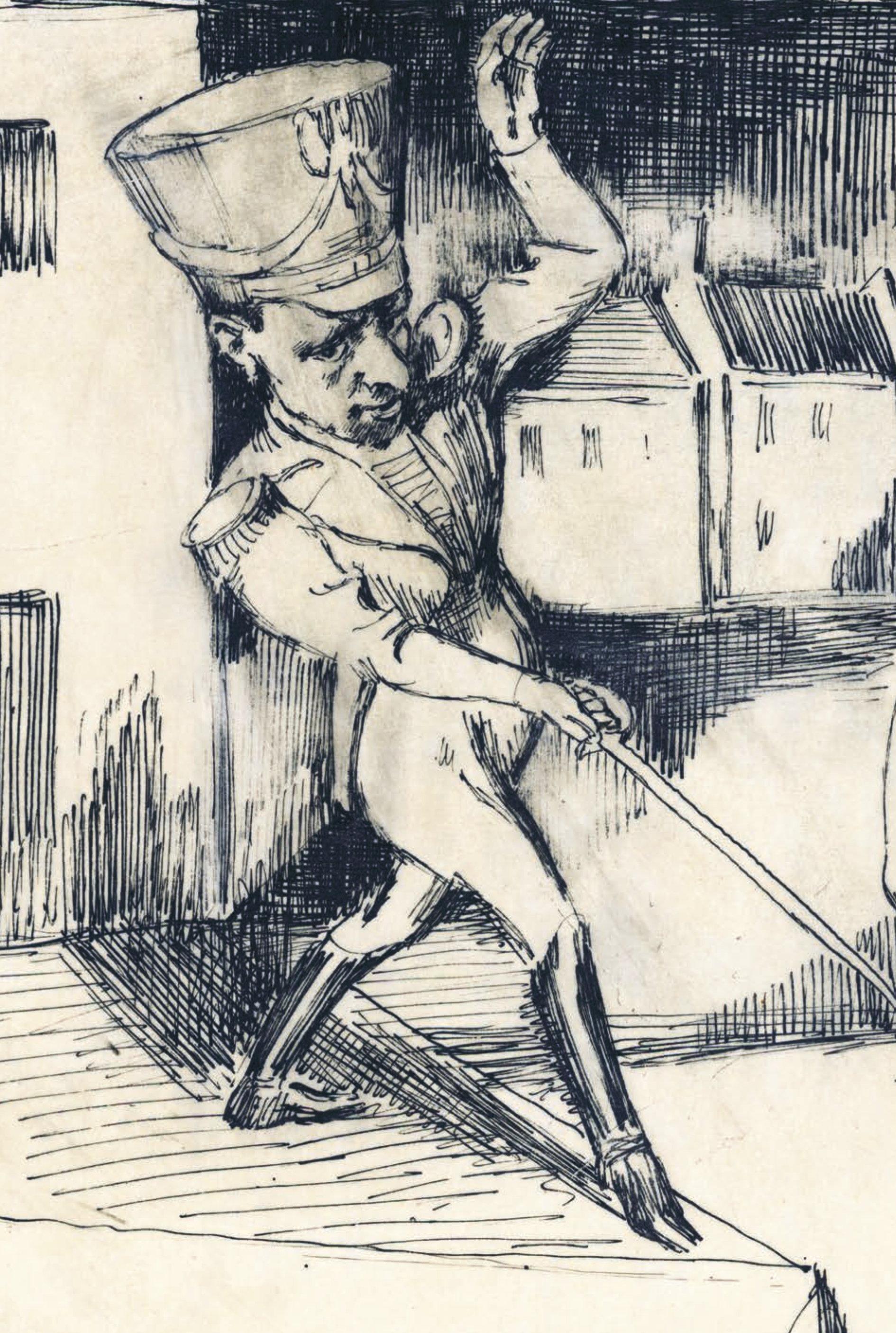Mit tricksterski i jego ślady u Schulza
DOI:
https://doi.org/10.26881/sf.2022.19-20.09Abstrakt
Paul Radin in his classic book dedicated to the trickster in Native American cultures pointed out that this mythical figure appears in cultures all over the world. This “jester’s ancestor,” as Monika Sznajderman named him in her monograph Jester. Masks and Metaphors, is called conjurer, “divine rascal”, and cheater. The trickster is known in various mythologies, so he might be present also in the private mythology of Schulz. The first part of the article is an attempt to compare the father from Schulz’s stories with the trickster. My purpose is not to insist that Jakub = trickster, but to show some similarities between these two figures. In the second part, I describe two analogous scenes of selfcastration (from the Winnebago Trickster Cycle and from the letter of Bruno Schulz to Stefan Szuman). Using Lewis Hyde’s book Trickster Makes This World: How Disruptive Imagination Creates Culture, in which he included interpretations of the works of some modern artists in the context of the trickster myth, I make an effort to look at Schulz as an artist-trickster. The metaphor of trickster refers to those artists who know that the “creative spirit” must abandon concepts that are “exact and predictable.” Schulz implements that model in his critique of European culture, but not only at that point. If we look at the reception of his work in the interwar period, we can see that he was perceived as inconvenient for those who accused him of not fulfilling the postulates that the critic of the 1930s expected. There were objections to his work as apolitical, amoral, propagating anti-humanism, perpetuating chaos and the lack of hierarchy, socially useless. “If art was only to confirm what already had been saved, it would be unnecessary,” he wrote. In that idea of art which is naturally amoral, “a probe sunk into the nameless”, looms the impenetrable face of the trickster, the jester who is an eternal change.

 Uniwersyteckie Czasopisma Naukowe
Uniwersyteckie Czasopisma Naukowe





